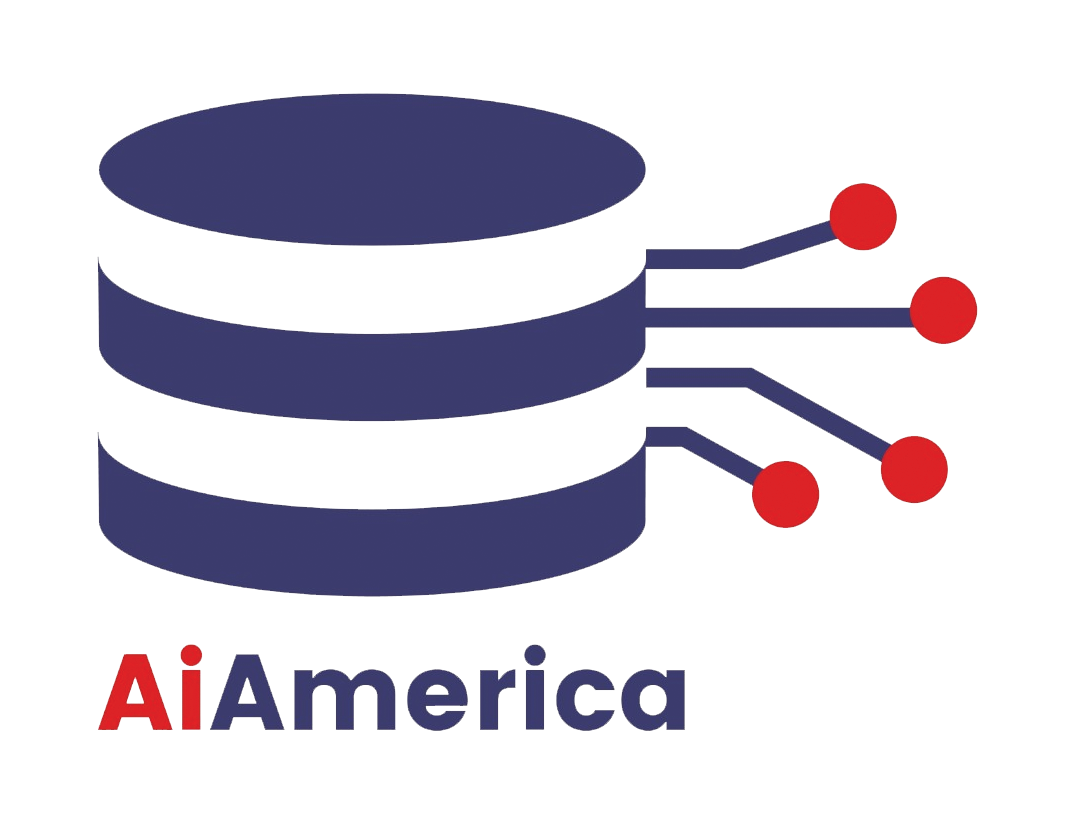
Close

Introduction:
Exploring Data Like Never Before with DBSCAN
In the labyrinthine world of data analysis, discovering meaningful patterns and clusters is akin to finding hidden treasures. Enter DBSCAN, a versatile unsupervised learning algorithm that excels in precisely this task. In this comprehensive guide, we will navigate the intricate details of Density-Based Spatial Clustering of Applications with Noise (DBSCAN) and unveil its potential for revolutionizing data analysis.
Chapter 1: The Essence of DBSCAN
DBSCAN Demystified
An introduction to the DBSCAN algorithm, its history, and core principles.
How DBSCAN Works
Understanding density-based clustering and its importance.
Chapter 2: DBSCAN in Action
Applications Across Industries
A showcase of real-world use cases where DBSCAN shines, from anomaly detection to image segmentation.
Strengths and Limitations
An exploration of what makes DBSCAN a preferred choice for certain scenarios, along with its constraints.
Chapter 3: Implementing DBSCAN
Parameters and Tuning
In-depth explanations of DBSCAN parameters like epsilon and minimum samples, and tips for parameter tuning.
Dealing with Outliers
How DBSCAN handles noisy data and identifies outliers effectively.
Chapter 4: Hands-On with DBSCAN
Python Implementation
A step-by-step guide to implementing DBSCAN in Python, leveraging libraries like Scikit-Learn.
Case Study: Retail Customer Segmentation
A practical example of how DBSCAN can be used to segment retail customers based on their purchase behavior.
Chapter 5: Fine-Tuning and Evaluation
Evaluating Clusters
Methods for assessing the quality of DBSCAN clusters, including silhouette scores and visualizations.
Advanced DBSCAN Techniques
Exploring variants of DBSCAN, such as HDBSCAN and OPTICS, and their advantages.
Chapter 6: Expert Tips and Best Practices
Handling High-Dimensional Data
Strategies for applying DBSCAN to datasets with many features.
Interpreting Results
Guidance on deriving insights from DBSCAN-generated clusters.
Conclusion:
DBSCAN, a champion of density-based clustering, offers a refreshing perspective on data analysis. Its ability to uncover intricate clusters while gracefully handling noise makes it a valuable asset in data-driven decision-making.